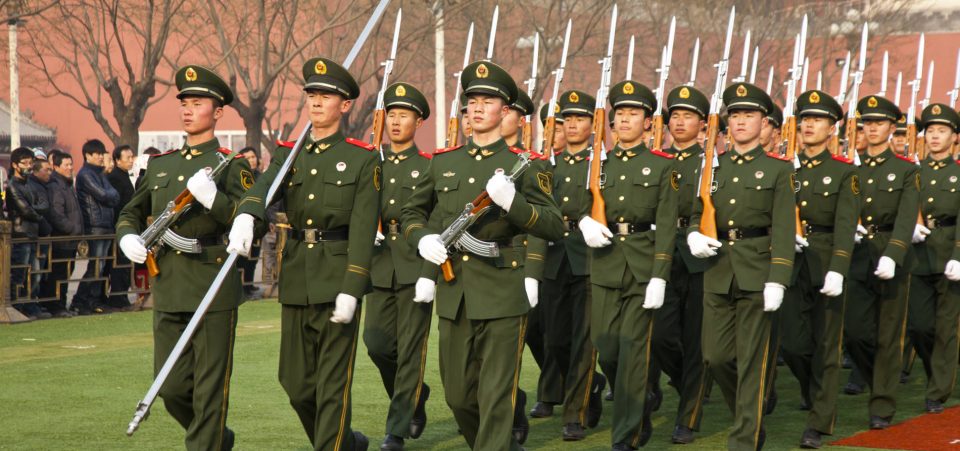China Is Increasing the Number and Quality of Its Military Hardware
During China’s recent 20th edition of its airshow in Zhuhai, the country displayed its new military prowess. Many surprising hardware pieces were on display. But one item attracted special attention: the new “J-20” fifth-generation stealth fighter plane.
The show, open to sellers and buyers, should have drawn attention from U.S. participants. Indeed, this new plane shows how far China has come in aerospace and electronics. But it also shows that China could have drawn inspiration for the plane, and other defense products, from American designs.
The blog Shanghaiist, suggests that the J-20 may have been copied from plans for the Lockheed Martin Corporation (NYSE:LMT) “F-35 Lightning II.” This is none other than the latest multi-role fighter for the U.S. Air Force. The blog says Su Bin admitted to having conspired with some officials of the China’s People’s Liberation Army (PLA) to acquire the plans for the F-35. (Source: “China debuts J-20 stealth fighter jet thought to be based on stolen US designs,” Shanghaiist, November 1, 2016.)
The J-20 certainly suggests that China is eager to close the gap with Washington on the capabilities and quality of armaments. But it also shows that the defense sector should have better cybersecurity controls. The J-20 features the latest and best of Chinese military technology. But the design, the proportion of the wings and body, and other details that evoke the Lockheed Martin “F-22 Raptor.”
Chinese military hardware companies also showed off radar surveillance systems, able to detect targets such as missiles and spy planes (like the F-35 and the F-22) at distances of 280-340 miles away. China isn’t just developing these systems to show off. It wants to sell the equipment. The new radar system, for example, known as “SLC-7,” is slated for export to Pakistan, Egypt, Iran, and other Middle Eastern countries that regard the United States as an enemy. (Source: “Zhuhai air show opens with J-20 stealth fighter’s public debut likely to steal the limelight,” South China Morning Post, November 1, 2016.)
According to the Stockholm International Peace Research Institute (SIPRI), in the last five years, the Chinese arms market has grown considerably, so as to position itself in second place in the world rankings. What should be more alarming to U.S. authorities is that the quality of the arms is also improving. (Source: “Quality of China’s Arms Exports is Improving; China Almost Doubles Arms Sales,” Yibada, September 20, 2016.)






